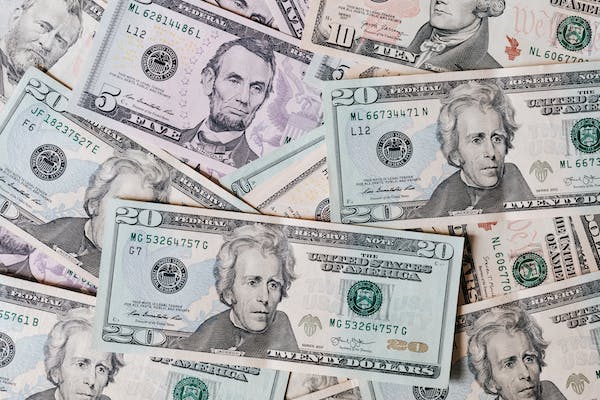United States Dollar

The official currency of the United States of America is the United States Dollar (USD). It is the world's most traded currency, and is used as the reserve currency by many countries. The USD is subdivided into 100 cents. Coins in circulation are the penny (1 cent), nickel (5 cents), dime (10 cents), quarter (25 cents), half-dollar (50 cents), and dollar coin ($1). Paper currency comes in denominations of $1, $2, $5, $10, $20, $50, and $100. The US Department of the Treasury is responsible for printing and distributing currency.
The USD's origins trace back to the Coinage Act of 1792, which established the dollar as the official currency of the newly formed United States. The act also specified the dollar's value in terms of silver, setting the stage for its future stability.
While the USD remains the world's dominant currency, it faces challenges from emerging economies and the rise of cryptocurrencies. However, its strong fundamentals and entrenched position suggest that the USD will likely maintain its status for the foreseeable future.

The five main threats to the American dollar are the rise of alternative currencies, the growing economic power of China, geopolitical instability, excessive government debt, and inflation. These threats could undermine the dollar's dominance as the world's reserve currency. Alternative currencies, such as Bitcoin and other cryptocurrencies, offer faster and cheaper transactions and are not subject to the same political and economic pressures as traditional fiat currencies. China's economy has grown rapidly in recent decades, and it is now the second-largest in the world. This has led to increased calls for the renminbi (RMB) to become a more prominent reserve currency. Geopolitical instability, such as the ongoing conflict between Russia and Ukraine, raises concerns about the stability of the global financial system, which could lead investors to seek safe haven assets other than the USD. The United States has a large and growing national debt, which could eventually lead to a loss of confidence in the USD. A default on US government debt could trigger a global financial crisis. Finally, high inflation can erode the purchasing power of the USD and make it less attractive as a reserve currency. While the USD is likely to remain important for the foreseeable future, these threats deserve careful attention.